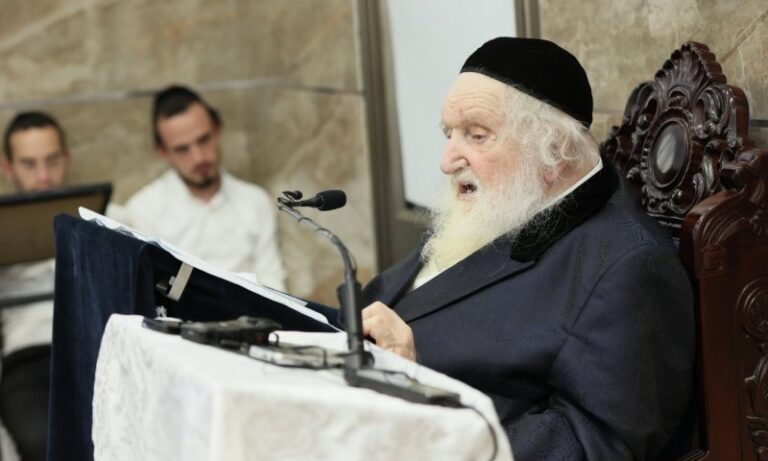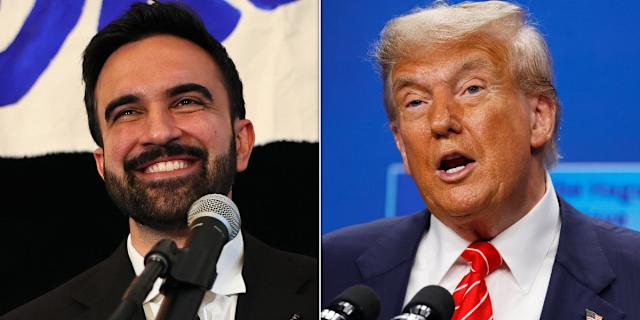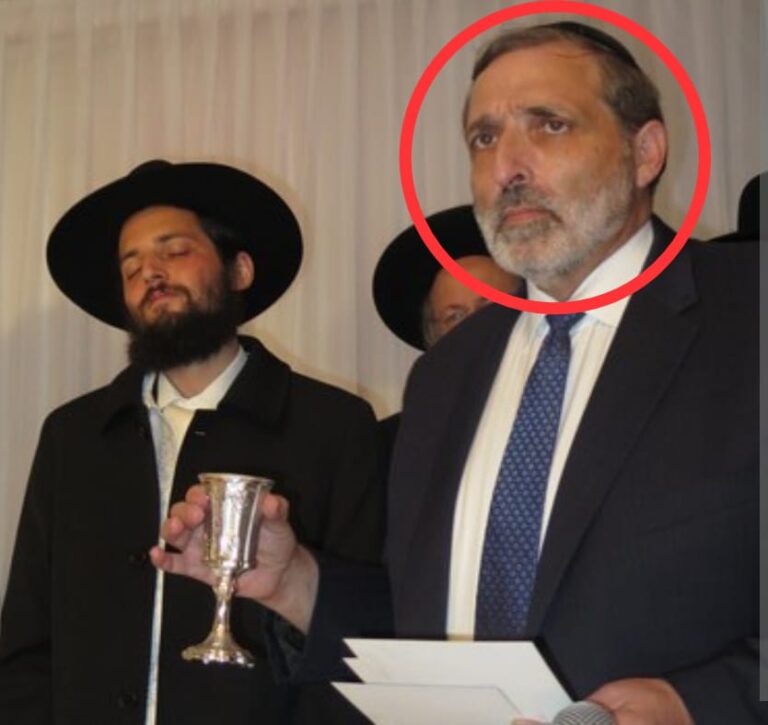 [By Debbie Maimon]
[By Debbie Maimon]
The Government Brief opposing Sholom Rubashkin’s petition to the Supreme Court to review his case (Writ of Certiorari), finally submitted last week after four extensions, was surprisingly devoid of fresh arguments.
Instead it took refuge in a well-worn strategy that has been a government hallmark in the Rubashkin case: blurring and manipulating the facts to prop up arguments that would otherwise fail.
The government brief needed to counter the two key arguments presented in the “cert” petition by attorneys Paul Clement and Nathan Lewin. The first was that Judge Reade should have recused herself and her failure to do so rendered the trial fundamentally unfair, which constitutes grounds for a retrial.
The second argument was that the Eighth Circuit failed to address the complaint that the trial judge had issued a sentence that was wildly out of proportion to the offense, while ignoring without explanation all mitigating reasons for a lower sentence.
With regard to the first argument about new evidence that should have disqualified Judge Reade, the government had earlier rejected this claim. Even granting such evidence existed, the government said, it would be sufficient to warrant a retrial only if it could point convincingly to the defendant’s innocence. In other words, the evidence would have to result in a “probable acquittal.”
‘DRIVING A SQUARE PEG INTO A ROUND HOLE’
But the Rubashkin team in its appeal to the 8th Circuit en banc and in its cert petition showed how this position conflicts with rulings by the Fourth, Ninth, and Eleventh Circuits, and is totally illogical. Aren’t determinations of the defendant’s guilt or innocence meaningless if the trial itself is a sham, as for example in cases of witness tampering or jury tainting?
In the same vein, since judicial neutrality “is so fundamental to a fair trial, its absence automatically requires reversal,” the Rubashkin team argued.
As other circuits have recognized, “the probable acquittal test makes sense when the newly discovered evidence concerns the defendant’s guilt or innocence, but is a complete misfit when the newly discovered evidence concerns the fairness of the trial.”
“The Eighth Circuit is simply wrong to insist on driving a square peg into a round hole,” the Rubashkin petition said. Had Mr. Rubashkin been prosecuted in any of the circuits that have properly interpreted Rule 33, “his new trial motion would have received the full airing that the interest of justice demands.”
In response, the government re-tooled its original position, trying to shore up its “probable acquittal” yardstick. It now agrees that certain kinds of evidence, such as proof that the jury or the judge was tainted, can indeed warrant a retrial–without offering proof of the defendant’s innocence.
But in the cases cited by the Rubashkin team as precedents, the new evidence had the likelihood of affecting the verdict, whereas Rubashkin himself, the government argues, admits the verdict was not affected by Judge Reade presiding over his trial.
PREPOSTEROUS DISTORTION
This is a preposterous distortion. When did Sholom Rubashkin ever acknowledge that the trial’s outcome was not influenced by Judge Reade’s coziness with the prosecution?
Not only is this fiction flatly contradicted by facts on record, it flies in the face of everything we know about human nature.
Let’s take a closer look at this invention. It actually originated with the Eighth Circuit. Attorney Nathan Lewin was asked by Judge Riley at the June 2011 appeal hearing whether he could show evidence of prejudice in Judge Reade’s trial rulings that arose from her pre-raid meetings with prosecutors.
Lewin answered that while he had no concrete evidence of prejudice, implications of bias run straight through numerous rulings that harmed Sholom Rubashkin at trial. These harmful rulings were listed in several pages of the appellate brief, he told Judge Riley.
What did the Eighth Circuit judges do? They pounced on Lewin’s statement that he “had no concrete evidence,” taking it out of context and using it in their decision to reject the appeal.
“…We find no evidence that Judge Reade’s decision to remain on the case prejudiced Rubashkin’s verdict,” the panel said, pointing to Lewin’s failure to show evidence of actual bias. “Since Rubashkin concedes that his new evidence would not likely affect the jury’s verdict on retrial, the district court did not err in denying his Rule 33 motion.”
That finding reemerged in the government’s current brief which asserts, absurdly, that Sholom Rubaskin himself never claimed that Judge Reade’s bias harmed him and influenced the trial’s outcome.
THE LIE SERVES A DUAL PURPOSE
Nothing could be further from the truth. But the lie is a convenient one and serves a dual purpose.
The lie is asking us to believe that Sholom Rubashkin himself accepts the guilty verdict as fair. That he believes that whether the judge was honest, crooked, biased, unbiased, made no difference at all in the outcome of his trial. Therefore his new evidence, inasmuch as it would not have affected the guilty verdict, is worthless. This is utter nonsense.
The defense stated its confidence in both its written briefs and in oral arguments that given a fair trial, Sholom Rubashkin would be acquitted of all charges, just as he was acquitted of all 9311 State charges in the 2010 child labor trial.
The defense merely claimed that there was no need to prove the obvious: that a judge’s bias affects the outcome of a case by the discretionary decisions he or she makes. Any degree of prejudice can surely affect the outcome even if it can not be proven.
DENYING HUMAN NATURE
The lie has a second purpose. It presumes as fact something fundamentally untrue about human nature; that one can become a stakeholder in a given operation and still be objective about its outcome.
This is a notion that defies the most elementary truths about how the human mind works. [In Jewish law, for example, it is a given that even the slightest connection a judge has to one of the two litigants affects objectivity, whether or not the judge is aware of it.]
Lewin put this well when he explained the breakdown of reason in the Eighth Circuit’s decision.
“The court’s opinion denies a fundamental truth about human nature,” Lewin said at the time in an interview with Yated. “It’s axiomatic that a judge who should be recused but remains on the case is bound to cause the defendant harm. But can I prove it in the sense of pointing to a letter, an email, a verbal statement of malicious intention? No, I can’t. But that is not the issue.”
“Judicial bias can manifest itself in ways that evade detection,” attorney Mark Weinhardt wrote in his brief to the 8th Circuit en banc. Since a judge has enormous leeway in discretionary rulings, she can easily influence the trial’s outcome while cloaking her bias in deceptive legal maneuvers. Forcing a defendant “to climb into the judge’s head,” as it were, and prove precisely how her pre-raid collaboration slanted the trial, is unreasonable.
The controlling issue, therefore, Lewin pointed out, is the appearance of bias; whether the judge’s neutrality would be doubted by the “average person on the street” hearing of the judge’s psychological investment in the law enforcement operation.
The defense has submitted affidavits from leading judicial and legal experts all attesting to the appearance of bias in Judge Reade’s conduct. These documents have been referenced before every court – yet to date they have been completely ignored by the District Court, the Appellate Court and the present response of the government to the Supreme Court.
‘THIS EVIL IS ON FULL DISPLAY IN RUBASHKIN’
One of the six amicus briefs submitted in support of Rubashkin’s cert petition summed up the arguments about the appearance of bias incisively.
“Secret communications between judge and prosecutors create the appearance of collusion and bias, undermining the legal and ethical foundations” of the justice system,” the Bazelon brief said. “This evil is on full display in Rubashkin.”
The Bazelson brief also stressed that whether the appearance of partiality on the part of the judge warrants that judge’s recusal should rest on whether “an average person on the street”–not the sitting judge herself–would suspect bias.
Yet Judge Reade used herself as the standard for evaluating her conduct, refusing to turn the case over to a different judge who could make an objective assessment.
Her analysis consisted of defending her actual conduct and dismissing the possibility that anyone could view that conduct differently.
Yet it is clear according to the ICE memoranda that even government officials and prosecutors would have trouble regarding Reade as unbiased. In the ICE documents themselves, she is characterized as a “stakeholder” in the investigation, “a description signaling “the Government viewed her as an ally rather than a neutral arbiter.
The government cannot refute the claims of judicial impropriety so it simply fails to address them, as if they didn’t exist. That failure to rebut is, in effect, a form of admission.
NO MERCY DESPITE MITIGATING REASONS











4 Responses
1. That’s to be expected in an adversarial system. While in theory public prosecutors are supposed to pursue justice, in modern times their primary goal is to win at all costs.
2. While the case began under Bush, at this point Obama and Holder should be held accountable. It’s their Justice Department., and the people handling high level litigation are political appointees.
Yet while many seem to have given up on helping Reb sholom Mordechai, let’s not give up only keep praying daily, as I saw the signs in a satmar shul still posted to recite daily thelim.
Special thanks to Yated of the USA for advocating for reb sholom mordechai, may hashem pay you back.
It is very nice of you to support Rubashkin
I just would s
Ask of you to be fair and support Jews who are
Persecuted by members of the Rubashkin family
In other courts
Maybe if Rubashkin family would not give the power to the goyishe
Courts the story would have been diffrent
Bignet, You have to be more specific. Your allegations don’t make sense. The “Goyishe Courts” have power wether Rubashkin gives it to them or not…